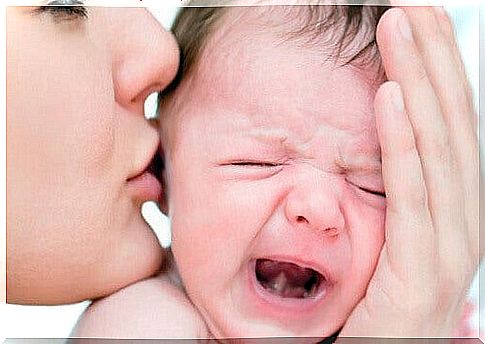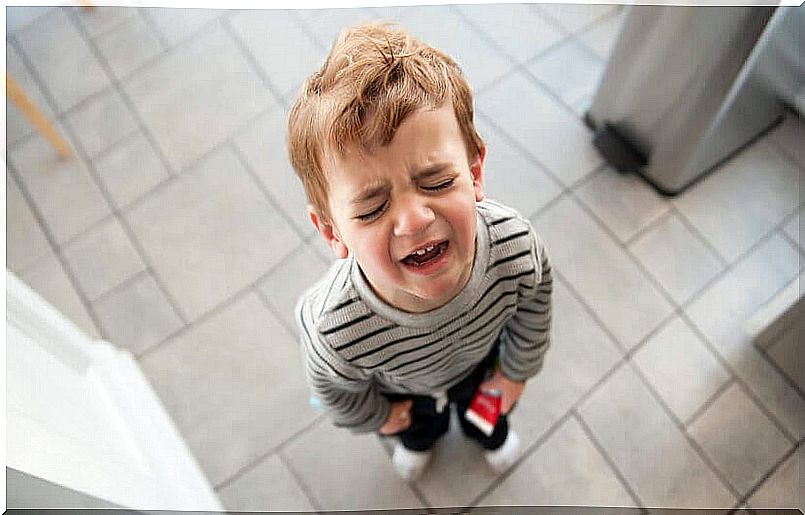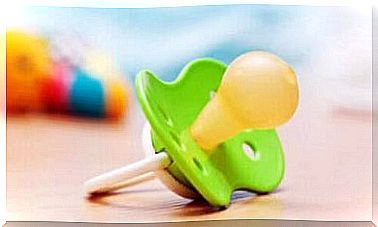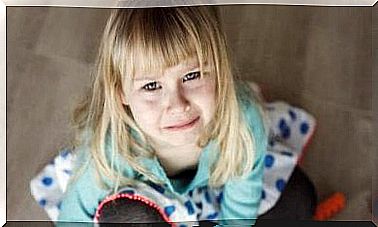What Can I Do If My Child Cries All Over The Place?

Through this stage, many parents ask themselves why their child is crying, for no apparent reason.
Below, we will discuss a range of ideas, advice and easily identifiable situations.
Main reasons why your baby cries
Babies and young children often complain and cry when they are hungry and tired because they are particularly sensitive to these stimuli.
However, there are additional reasons, such as:
- When a child discovers that he only gets attention when he cries.
- When crying becomes the perfect way to get what he wants, at any time. Parents often tend to soften when tears occur and end up giving the child everything he wants.
- If the child experiences physical discomfort. Frequent changes in the position of the baby are essential to avoid tedious irritations. It is also important to keep him clean and make hygienic tasks more comfortable.
- Pain. At this point, the baby is in a stage of continuous adjustment. On more than one occasion, he will feel pain. In particular, babies tend to cry when they suffer from bowel pain, either due to air, constipation or colic.
- Loneliness. Although the child may be physically well, he may require more time, affection, or protection from those around him — especially from his parents.

Guidelines for what to do when your baby cries all over the place
In the beginning, it is usually not knowing what to do when faced with a baby crying of everything.
Here is a list of advice and guidelines that you can follow so that these moments do not become so unpleasant for both of you.
- Try to identify your child’s crying and the reason for it, by associating it with different contexts and situations.
- If you can contact him at the moment, try to let him know that you are aware that he needs you and that you want to be with him as soon as possible.
- If your child is learning to speak, ask him if he will not tell you what is happening, in words.
- Answer his cries in different ways: with loving signs, kisses, hugs and motivational phrases.
Crying and the imitation stage
Every child, at a certain stage of development, will experience a time when he manifests a greater capacity to imitate others.
It usually occurs at a very early age, still in infancy, and lasts until the child is between 2 and 3 years old.
Throughout this period, children tend to imitate others when they cry or laugh. It can be described as an infectious effect that can only be stopped by one’s own maturity.
This is a predictable type of behavior for specific age groups. Therefore, do not worry as it will disappear as the baby grows and becomes more mature.
Crying and starting school
However, if this behavior continues for longer than usual, including well into school age, we should be very careful.
At this stage, there are several reasons why your child may be crying: a problem at school, an argument with siblings or friends, or just something they do not like.
In this case, you need to be patient and know what situations are bothering your child during this time period.
In other words, it is important to deal with the situations related to your child crying, as well as the degree to which they occur.

Crying and hypersensitivity
Last, and most extreme, is hypersensitivity. Hypersensitive children tend to be very attentive. So much so that they can get very upset over any stimuli.
Therefore, they develop an amazing imagination and creative capacity.
The most effective advice to help children with these characteristics is to allow them to express their inner feelings.
The essential thing for them is that they show their feelings to the world. To help them do this, we must clear the way for any barrier.
The stage in which a child cries all over is truly short-lived. During this period, the parent figures will become more fundamental pillars, according to preventing unpleasant and uncomfortable situations for the family, and not least for their child.
The behavior that parents show when dealing with a crying child is paramount. It is essential to follow the correct procedure so that one can help the child to overcome this stage.









